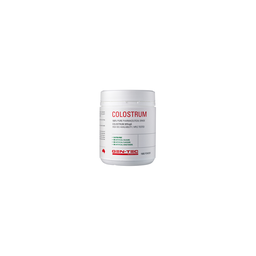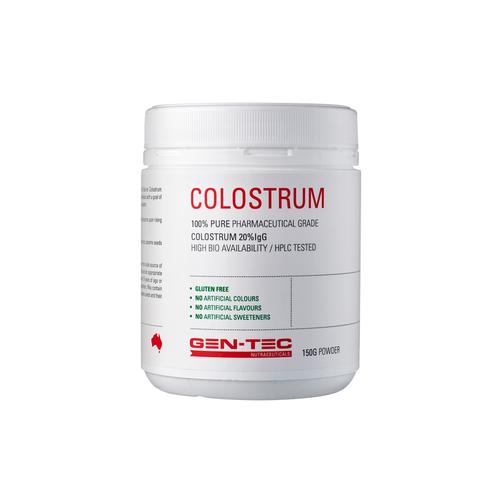
Gentec Colostrum
$ 39.95 $ 37.95
$ 0.00

Gentec Colostrum
GEN-TEC NUTRACEUTICALS source, blend and package 100% Pure Bovine COLOSTRUM powder containing 20%IgG.
SKU: 25033090,
CATEGORIES: Performance, Post-Workout,
BRAND: Gentec
Once the user has seen at least one product this snippet will be visible.
Recently viewed Products

To install this Web App in your iPhone/iPad press ![]() and then Add to Home Screen.
and then Add to Home Screen.

